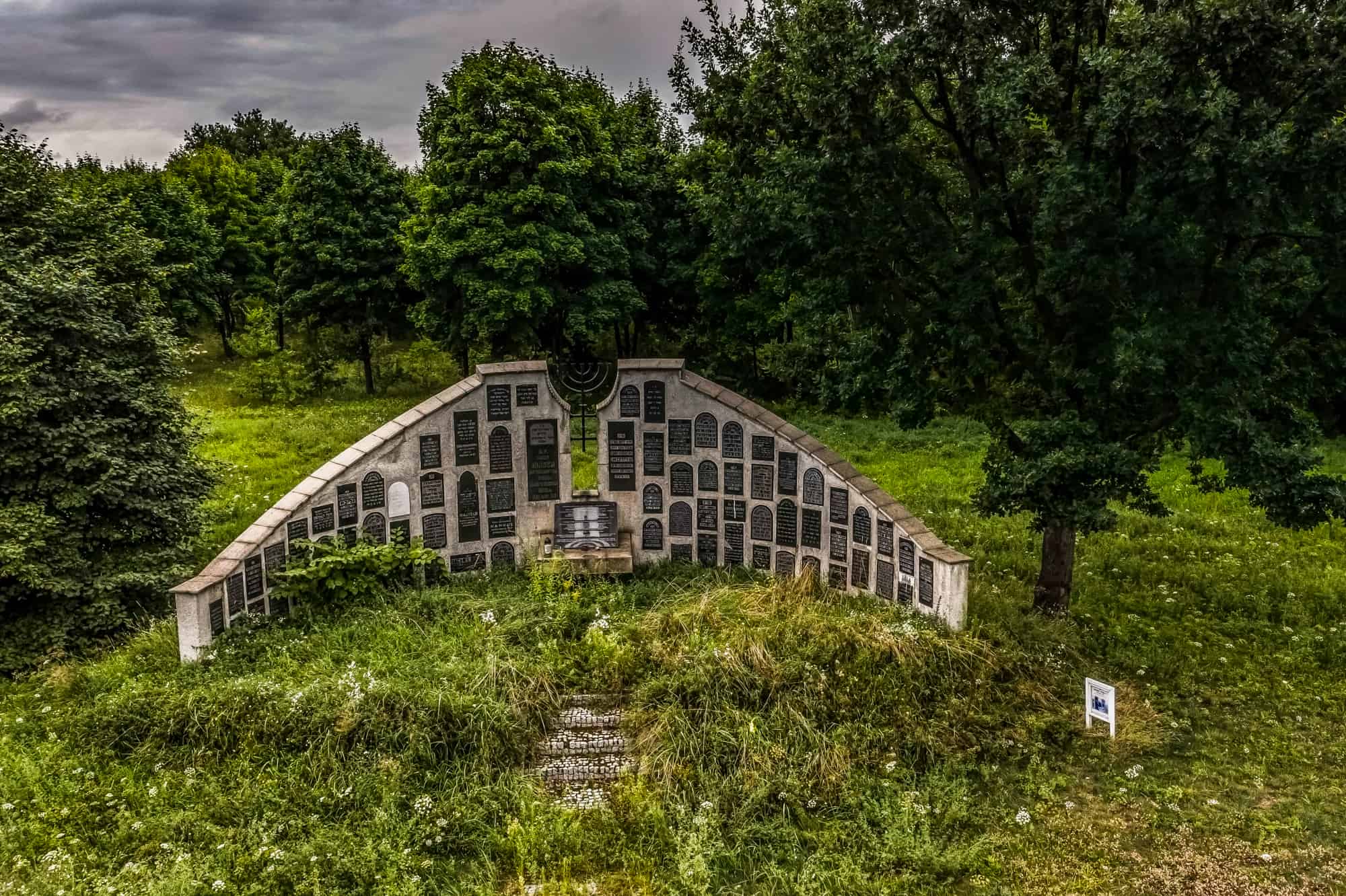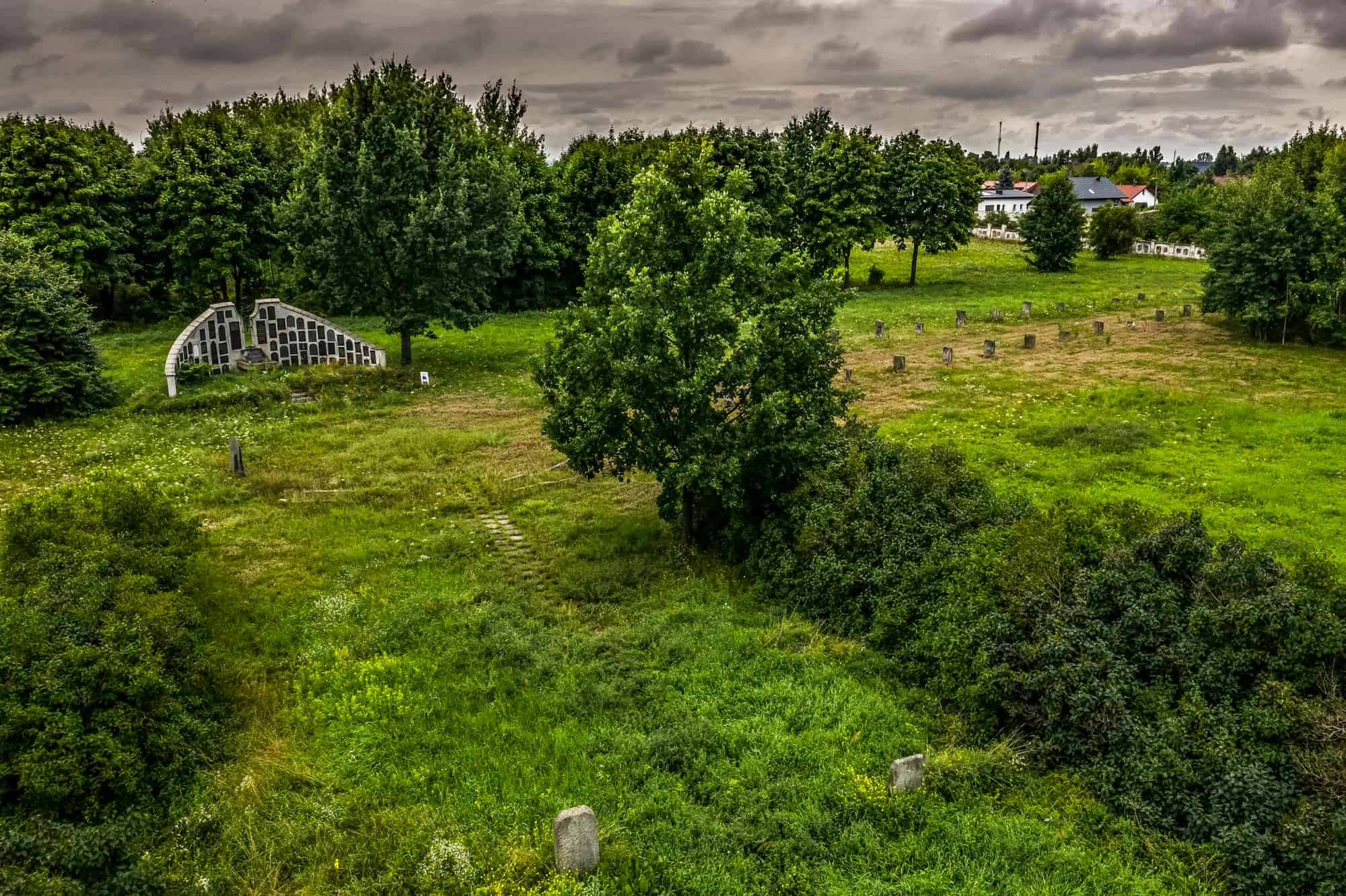JEWISH CEMENERY
When believers of the Judaism planned to settle in the area they had chosen, the most important thing to them was to get a permission to build a cemetery. Radom was a town where Jewish did not have the right to live for a long period. Thus they had to bury their dead in cemeteries in other locations. Only after the cholera epidemic in the 30s of the 19th century and the establishment of the epidemic graveyard, the authorities let Jews to build their Jewish cemetery. It was established in the area of the cholera graveyard, thus far from the town. Unfortunately, it was destroyed by Germans during the Second World War. The Nazis used grave stones (matzevahes) to harden roads and airport runways. They were found in various parts of Radom not only after the war, but even at the beginning of the 21st century. The present Jewish cemetery was constructed in the 80s of the 20th century.
In 1998, in the territory of the Jewish cemetery, an ohel (brick tomb) with boards commemorating several dozens of Jewish settlements eliminated by Germans in various locations of the Radom land was constructed. Apart from the ohel, in 2010, the historic lapidarium with matzevahes found in the town was built. What is interesting, it was made by prisoners from Kozia Góra in Radom as part of the action initiated by Polish and Israeli prison guards. In the cemetery there is also a monument commemorating Jews who died during the fights for the independence of Poland during the January Uprising, the revolution of 1905, and the First World War.
In the Jewish cemetery, there are around 300 matzevahes (gravestones). The oldest one dates back to 1837. Some of matzevahes are placed upside down to protect polychrome decorations.
The gravestones are decorated with symbols typical for Jewish culture: lions, jugs, candlesticks, hands in the blessing gesture, deer, griffins, books, and broken candles.


